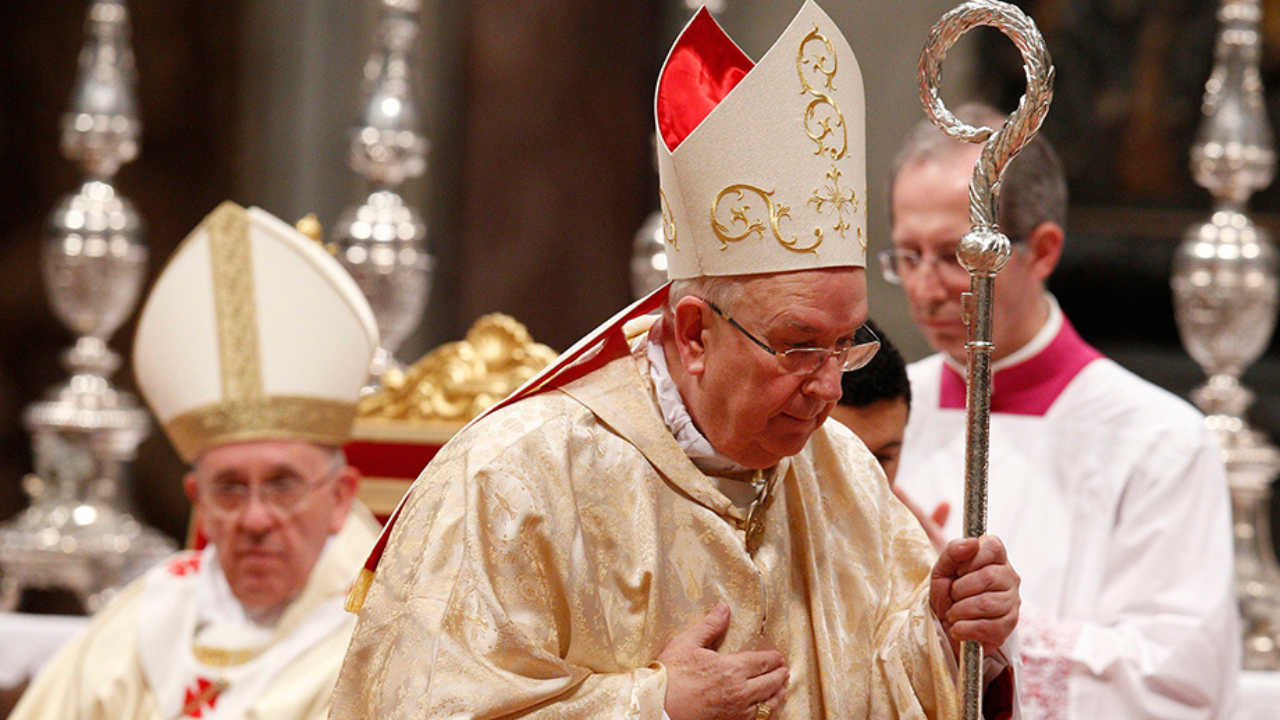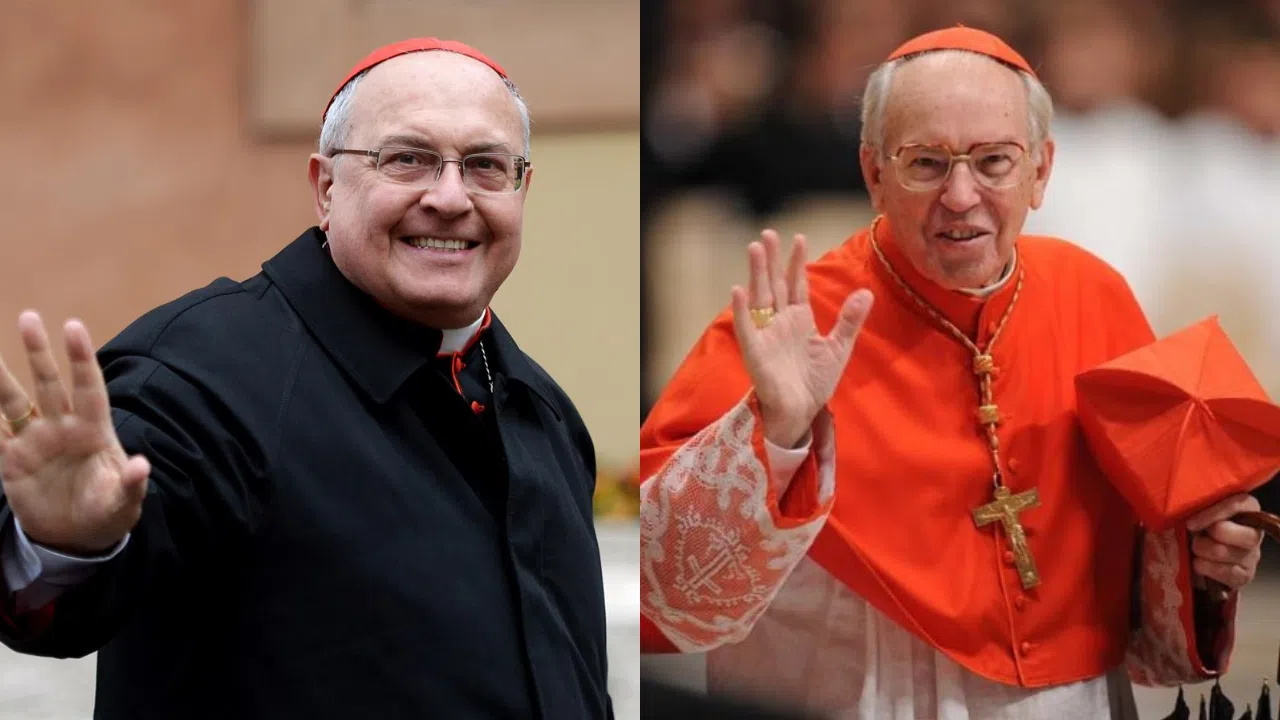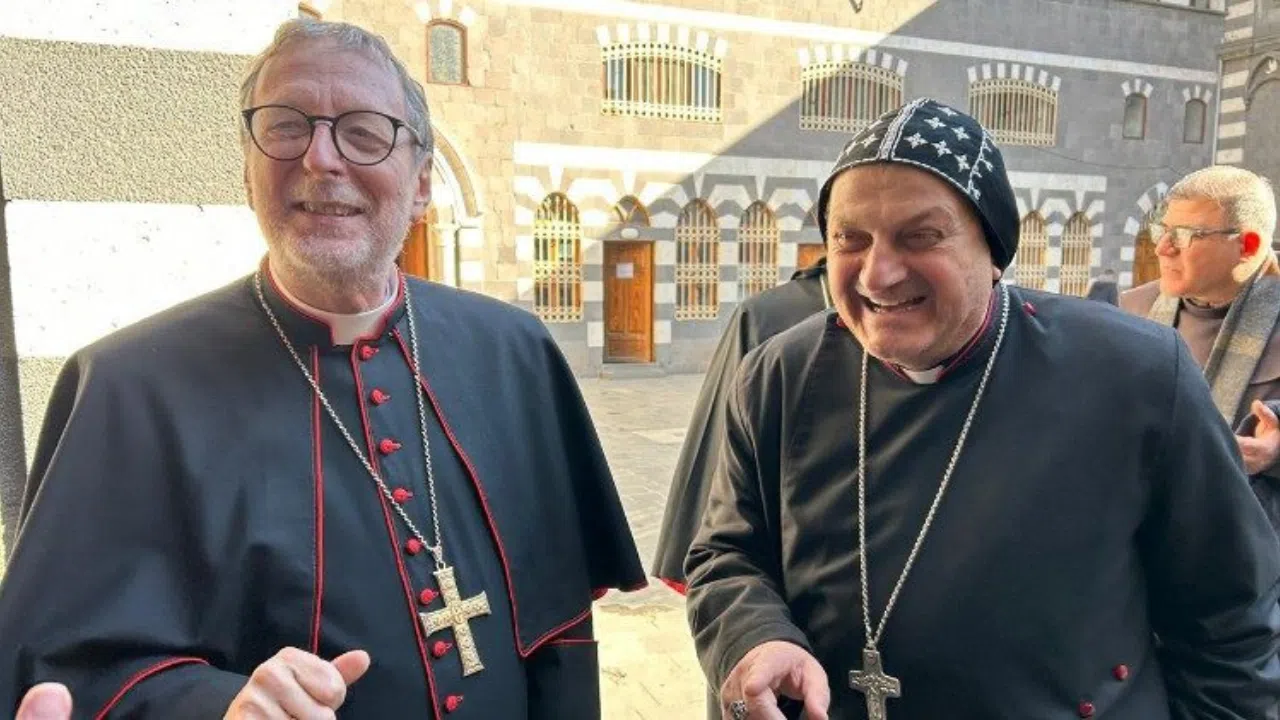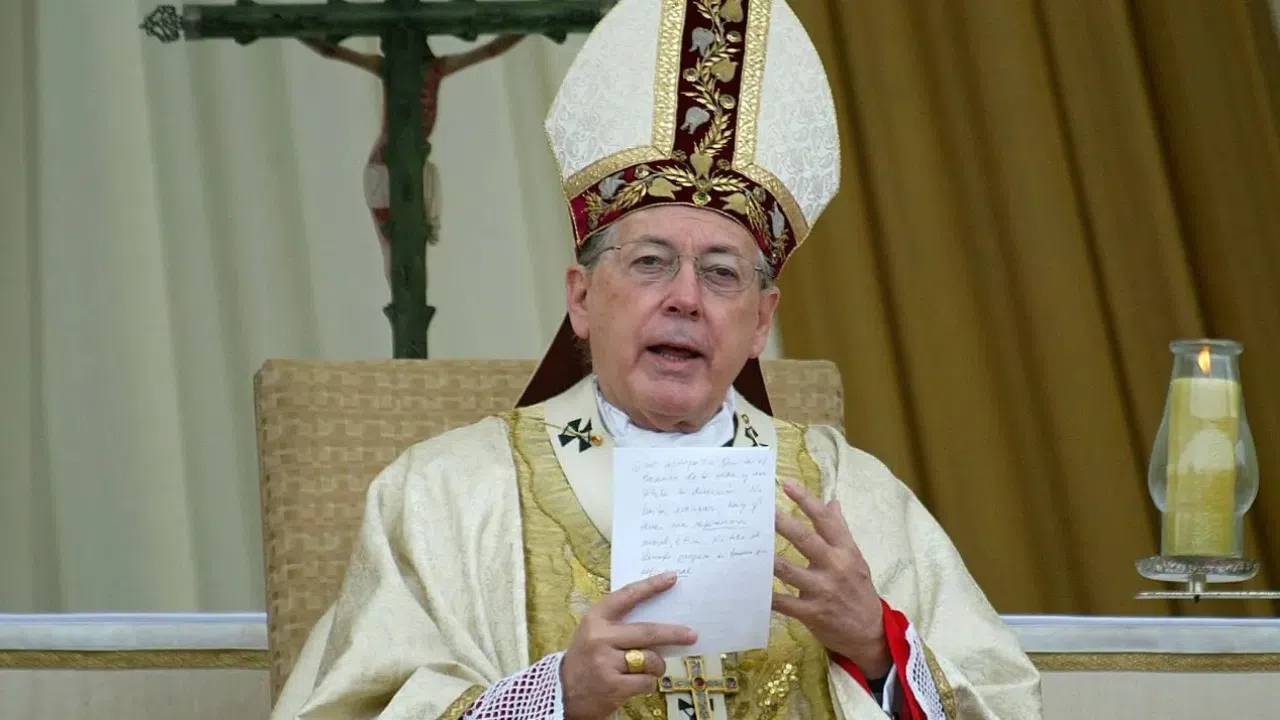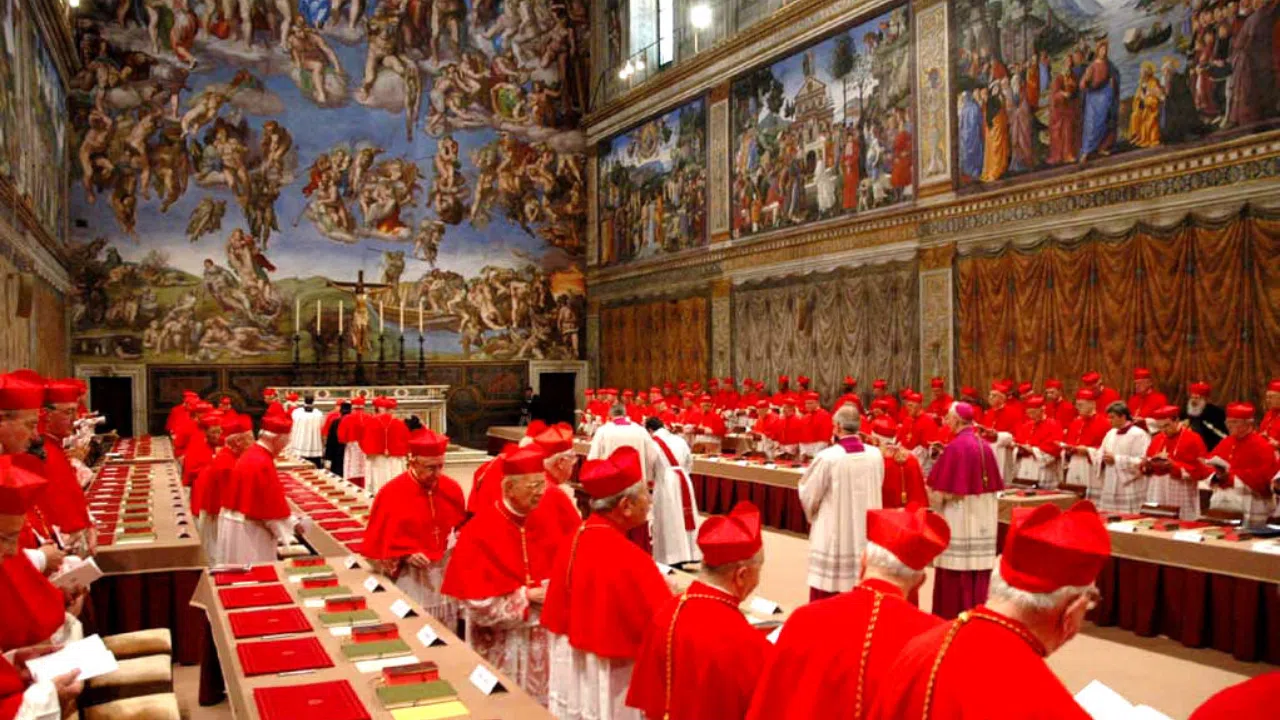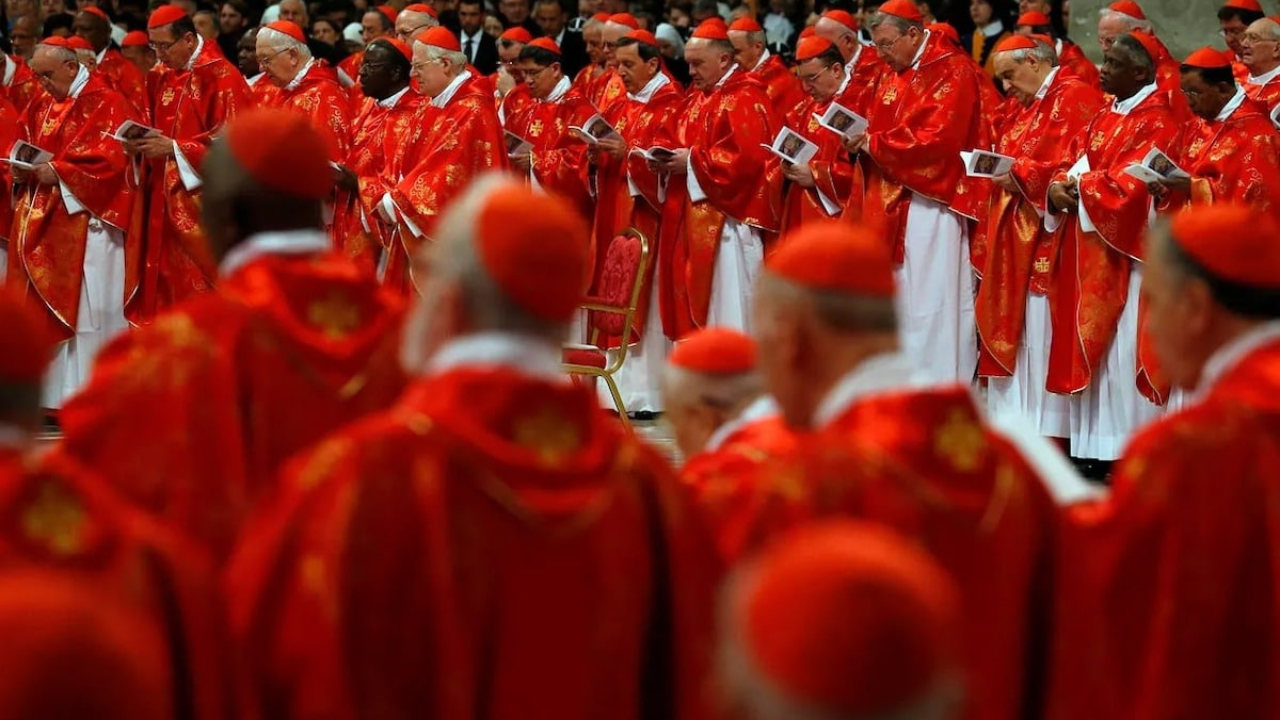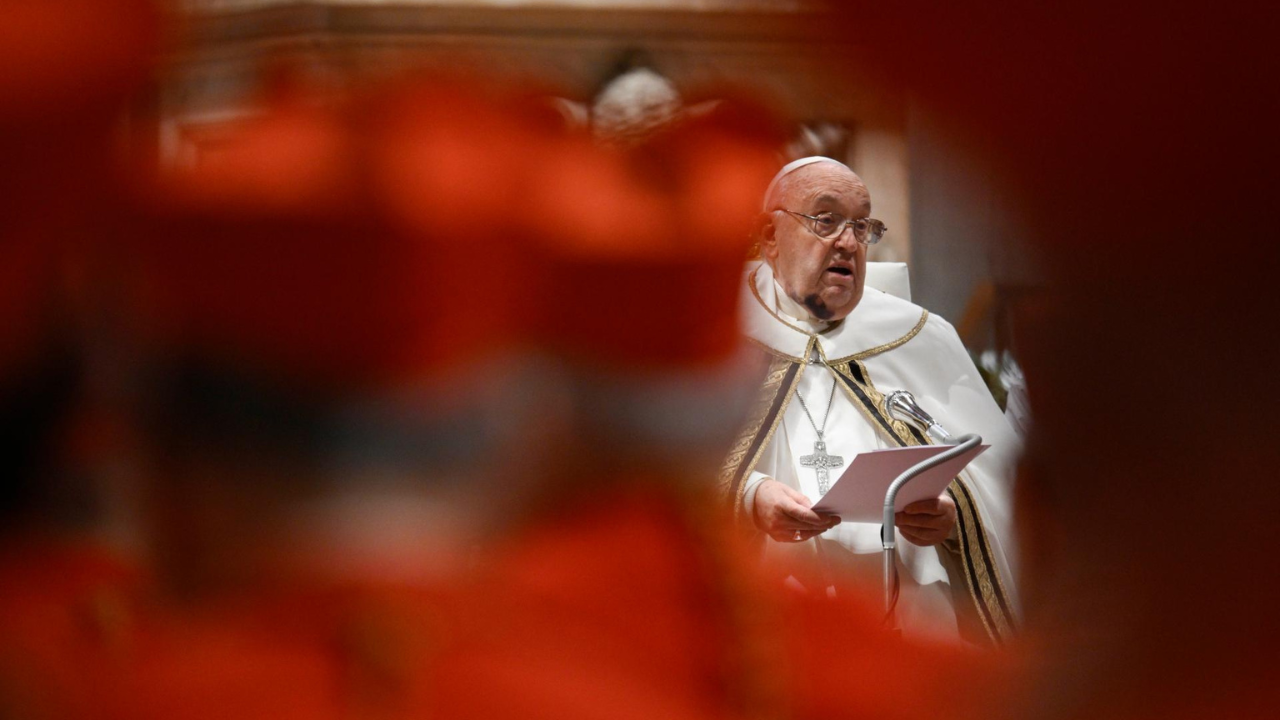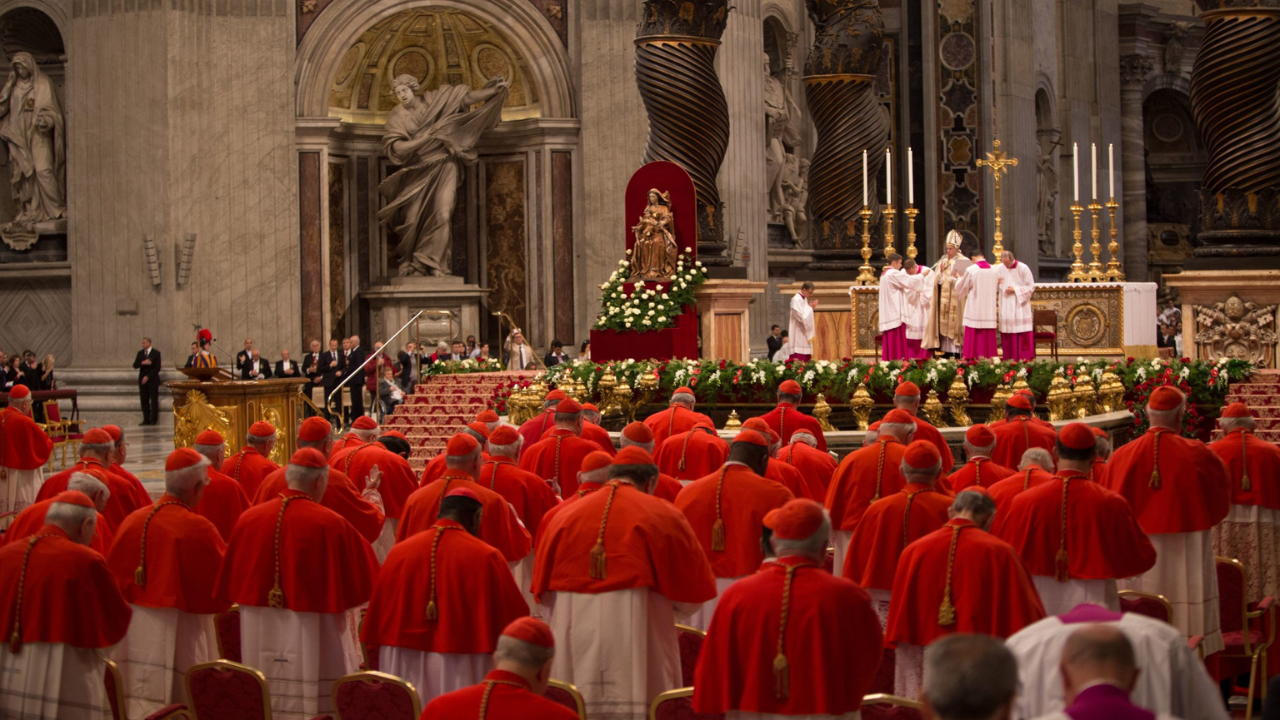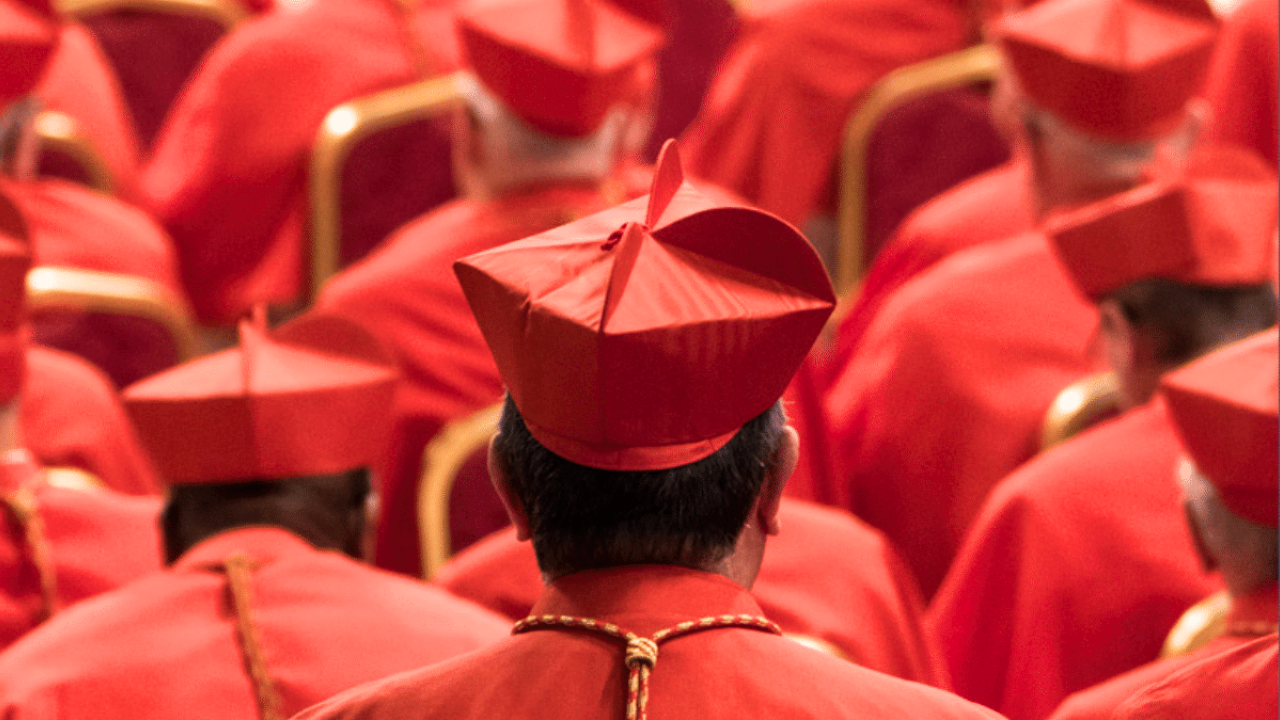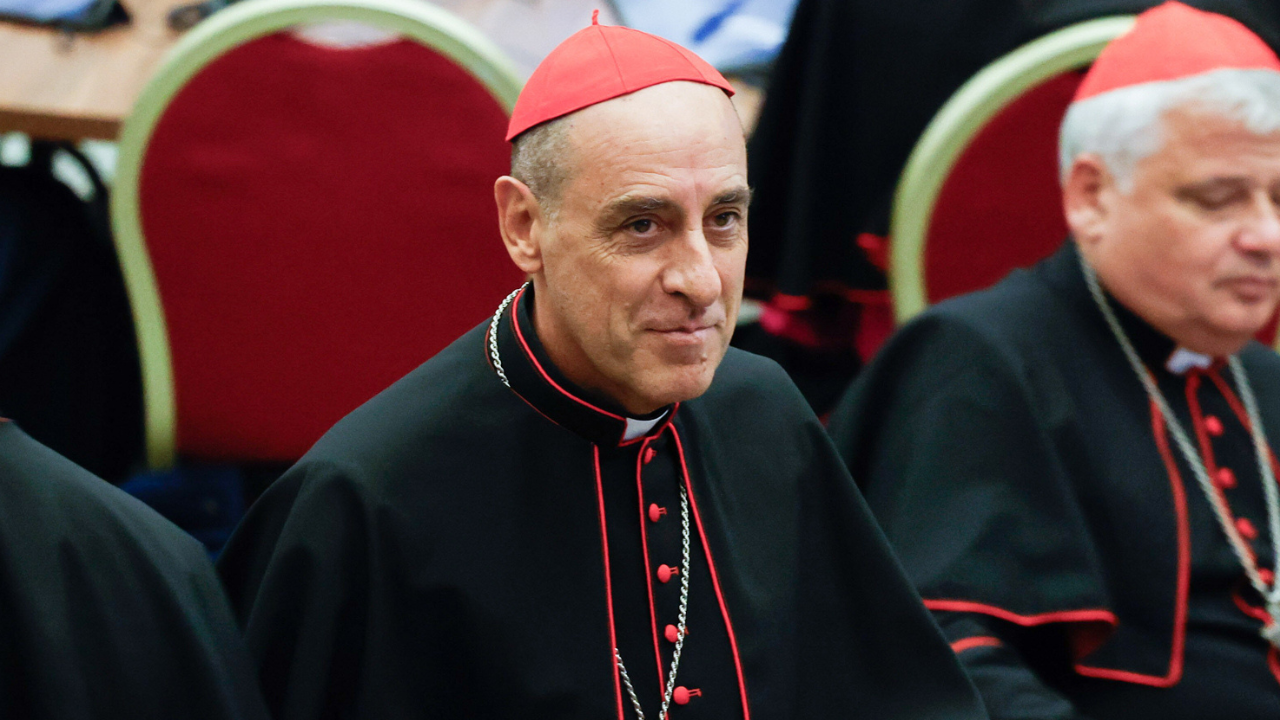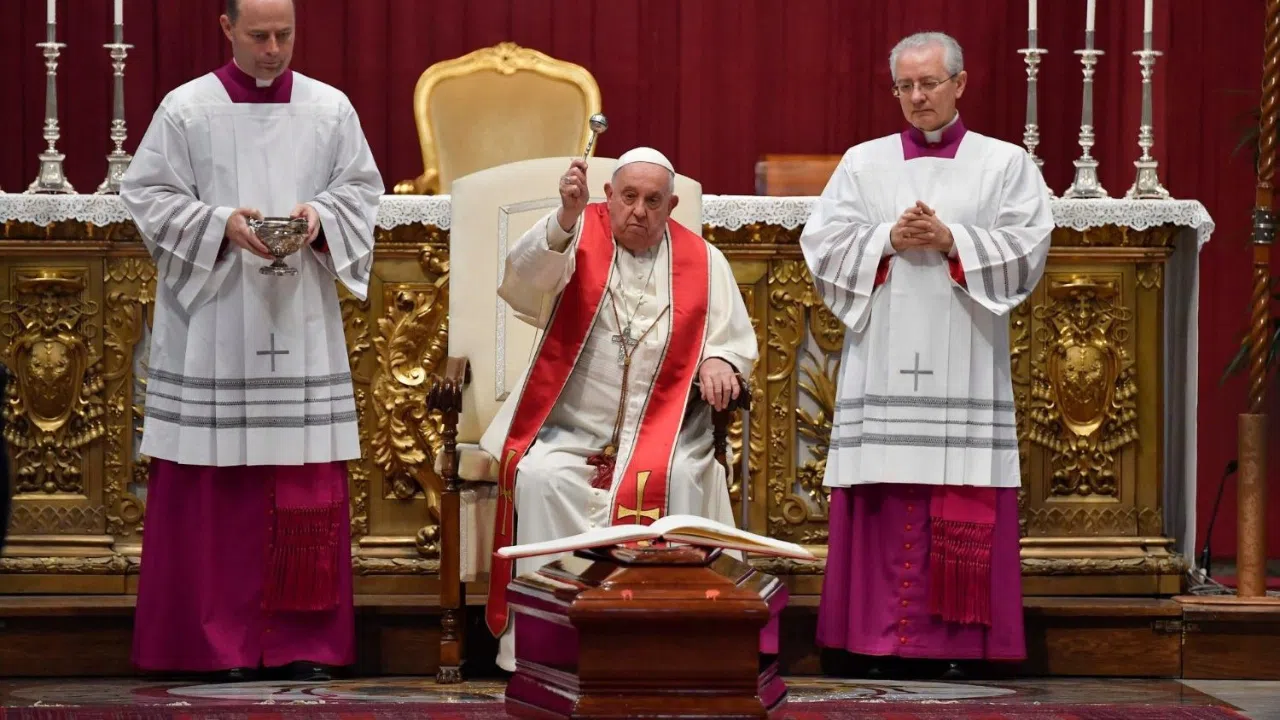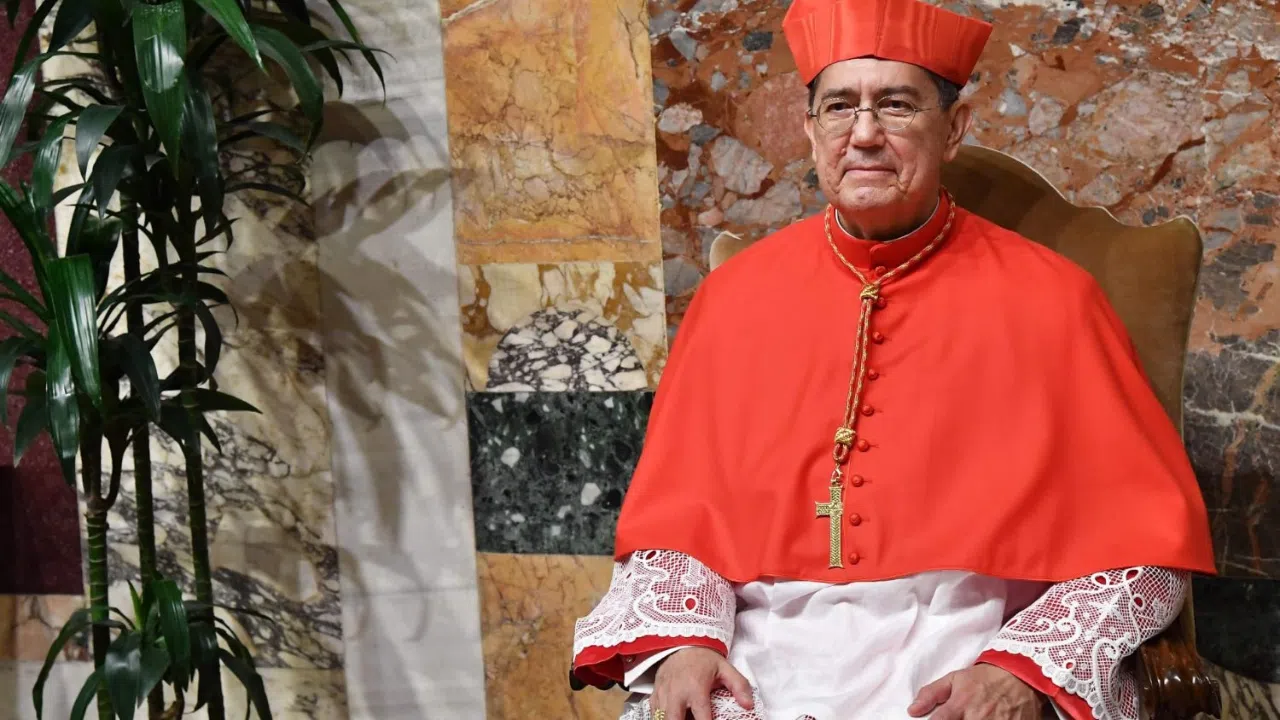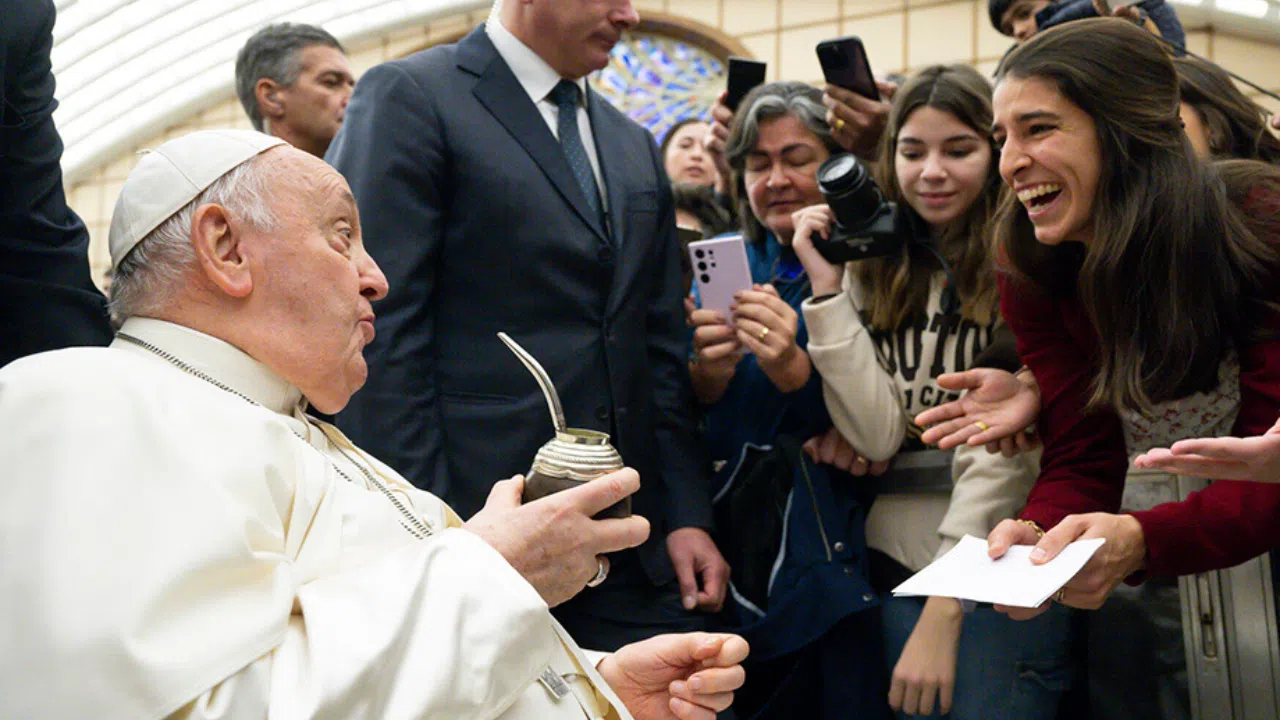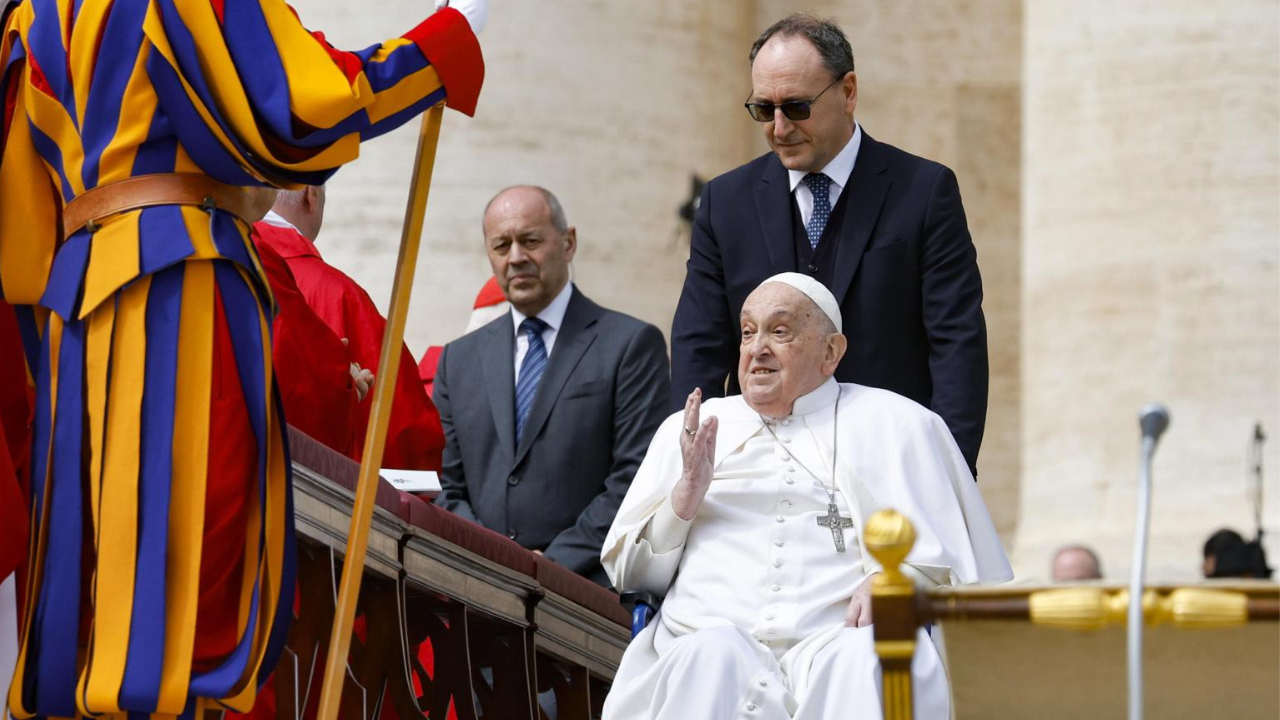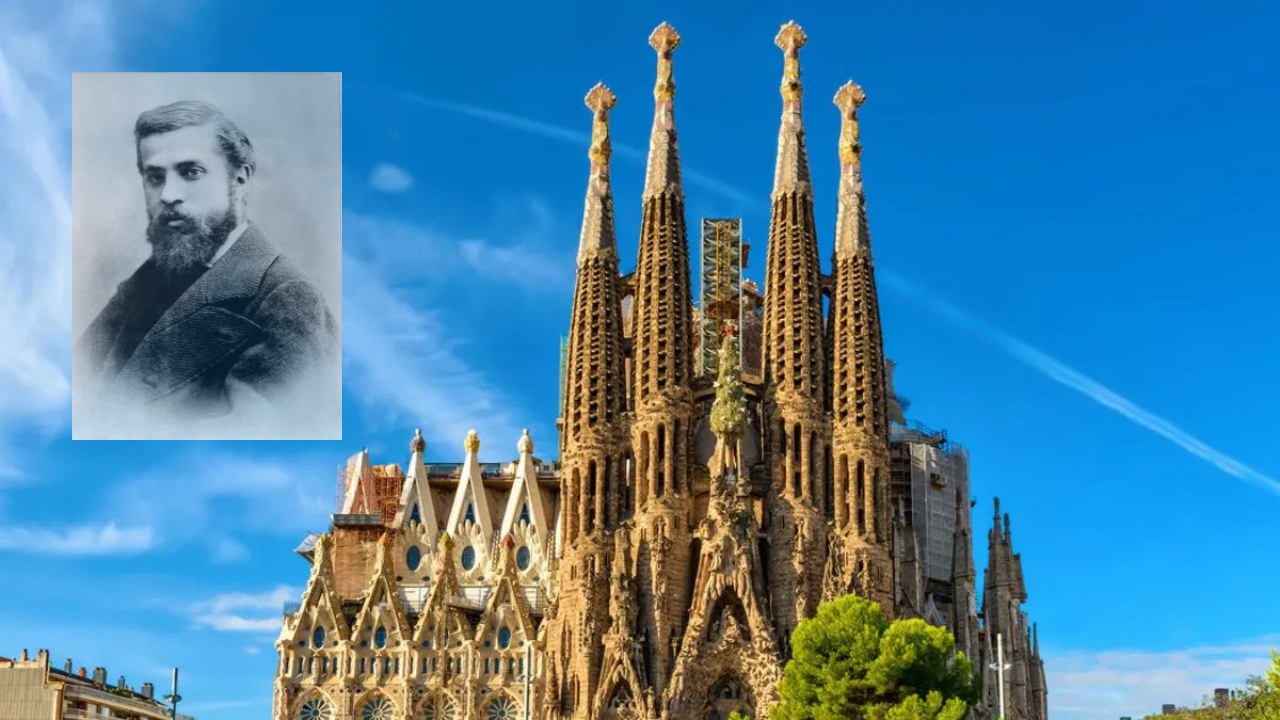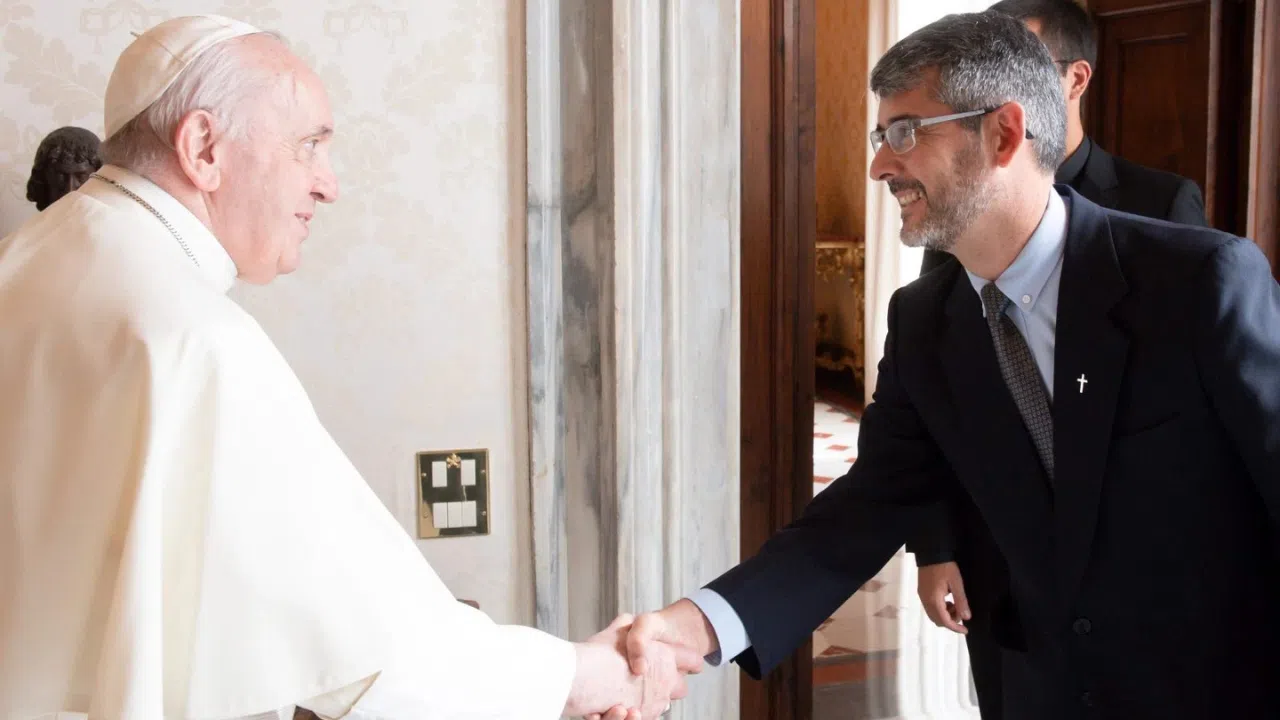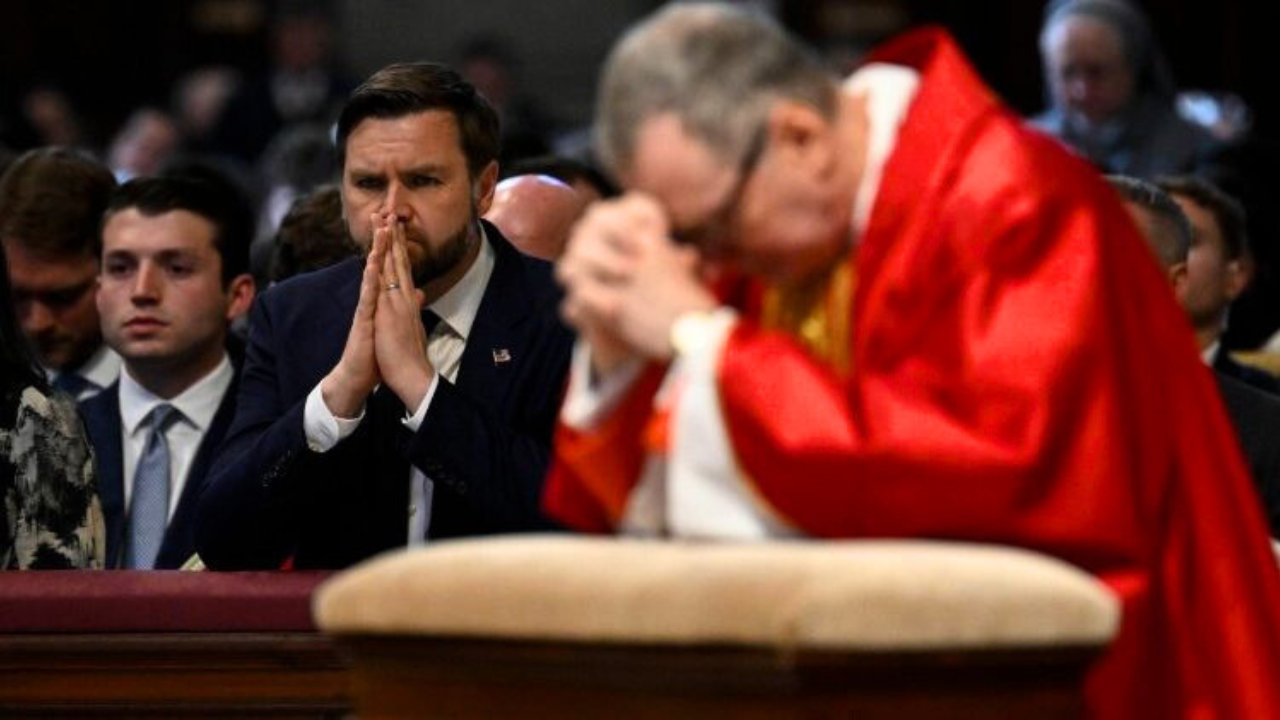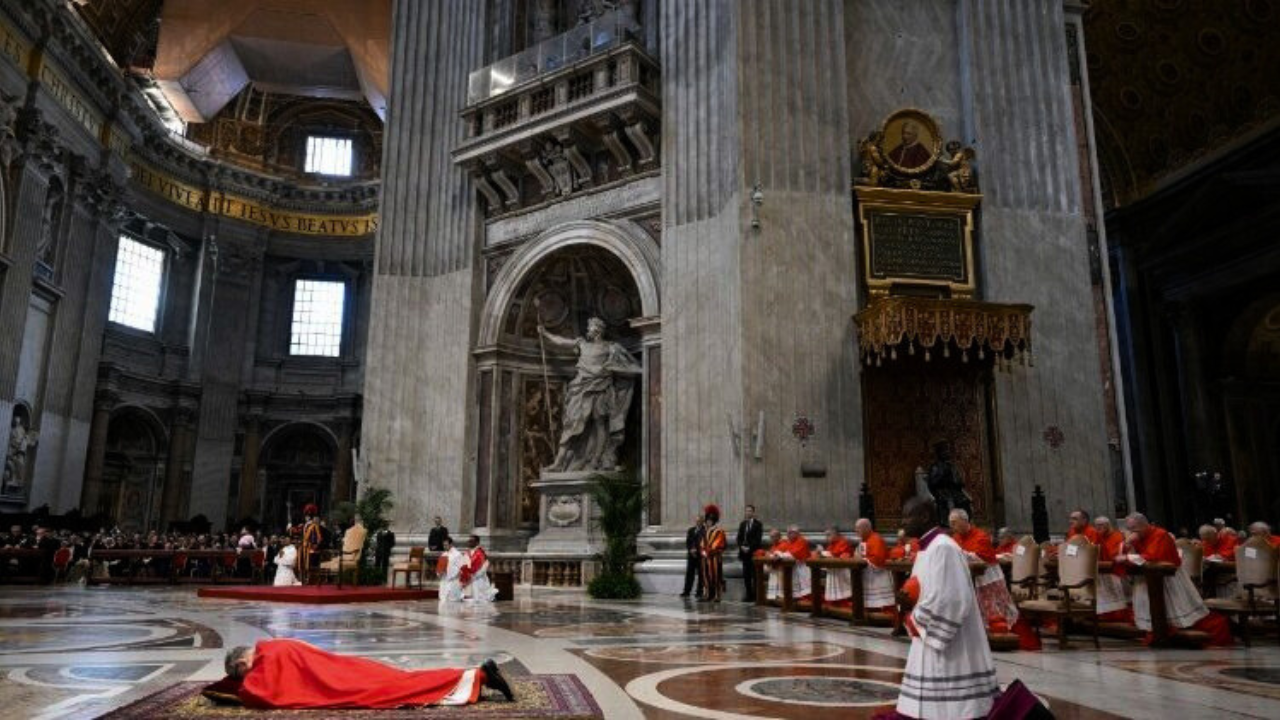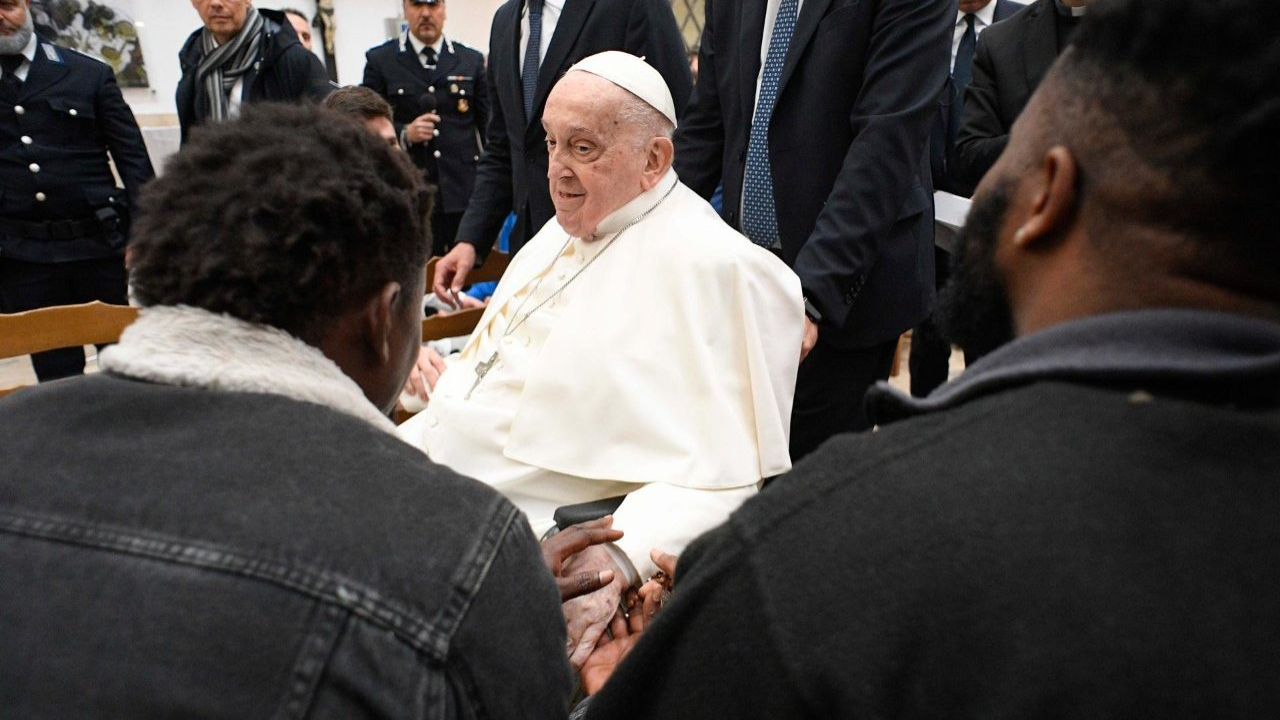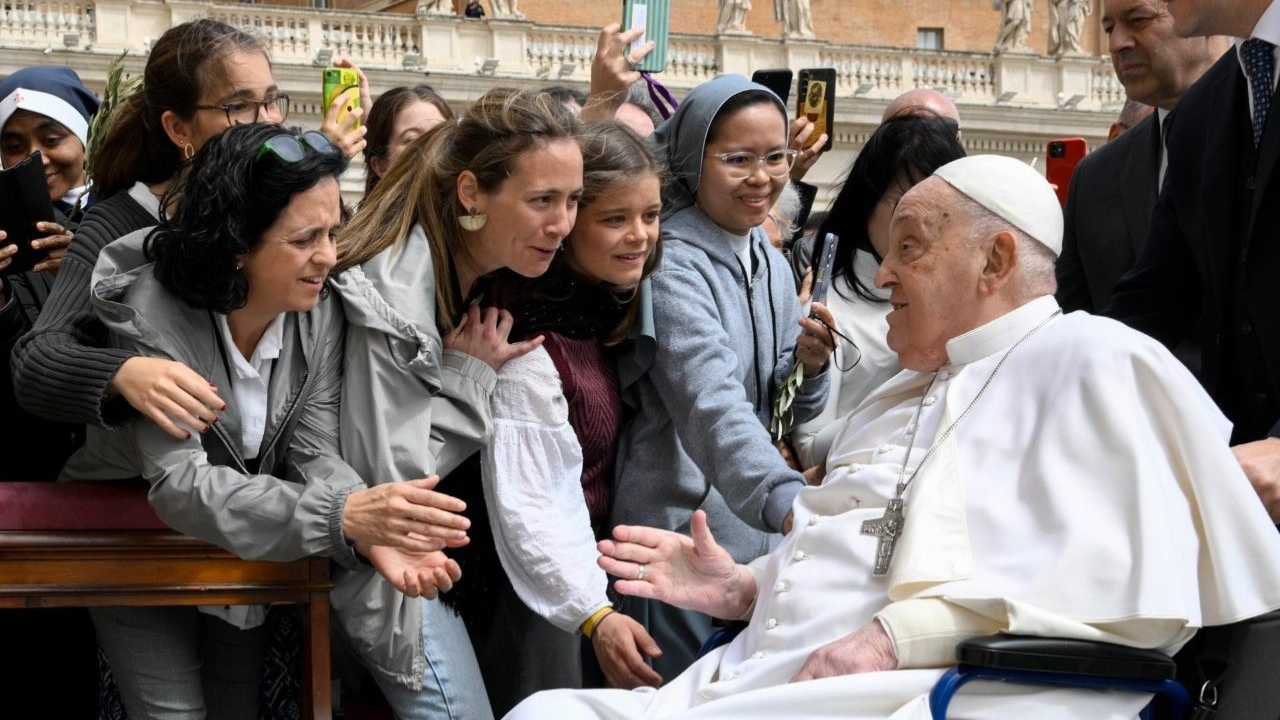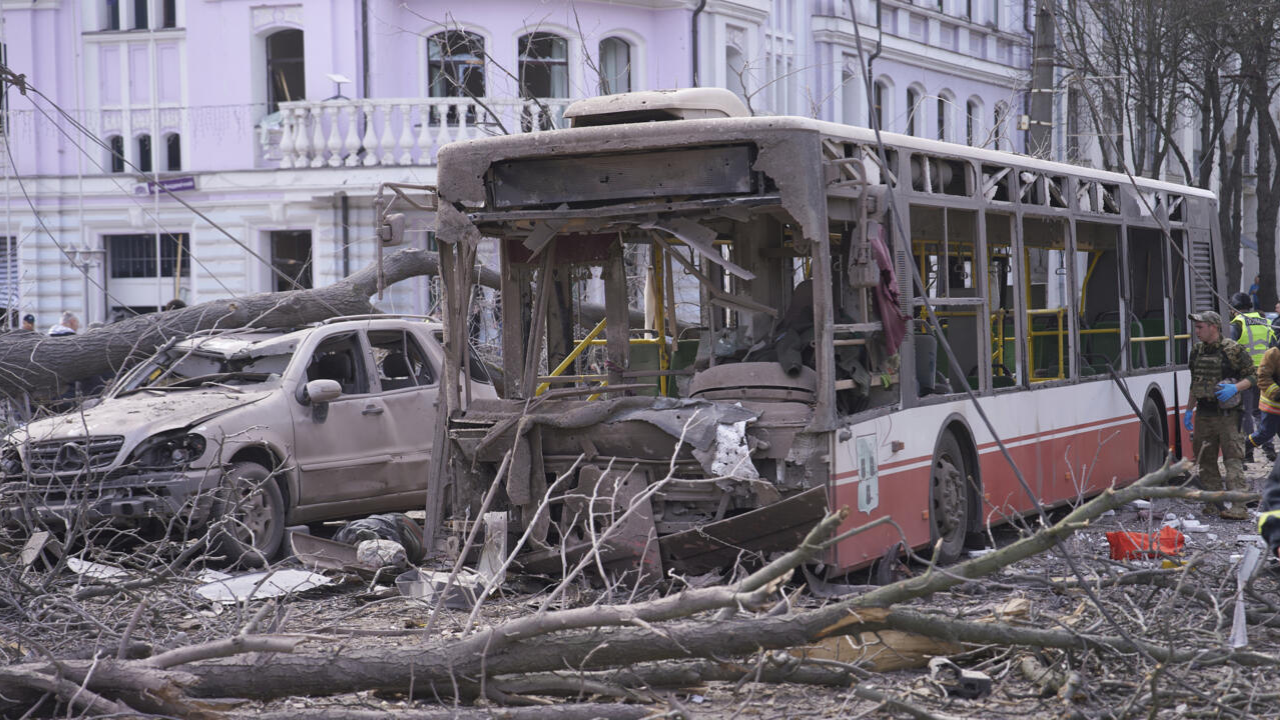It's easy to recognize them because they wear red vestments. They're known as prelates, princes of the Church, Eminence, or simply as Cardinals of the Catholic Church: In essence they're the Pope's advisers.
CARDINAL TIMOTHY DOLAN
Archbishop of New York (February 2012)
'Because I'm a Cardinal, periodically the Pope will ask the College of Cardinals, as an entity or individual Cardinals to help him in the wider work on behalf of the world wide Church.'
They are created Cardinals by a Pope in a public ceremony known as a Consistory. One by one, they make their way to the Pope, as he officially gives them their new title and blessing. They have direct access to the Pope and can easily request a personal meeting. Back at home, they usually lead their local diocese or archdiocese. Despite being from different parts of the world, they take regular trips to Rome to touch base with the Pope and the Vatican. This includes keeping the Pope up to date on the challenges and strengths of the Church in their region and giving recommendations and local insight on how the Church should respond.
Those based in Rome, usually lead Vatican departments and make up part of the Roman Curia.
Compared to the Universal Church, the number of Cardinals is relatively small. There are about 210 of them, from which roughly110 are Cardinal electors. As a group, they're known as the College of Cardinals.
Perhaps the greatest responsibility of all, comes during the Conclave, when Cardinals come together to elect the Pope during the so called 'Sede Vacante.'
That's when Cardinal electors, meaning those who are younger than 80 years of age, elect the Pope inside the Vatican's Sistine Chapel.
